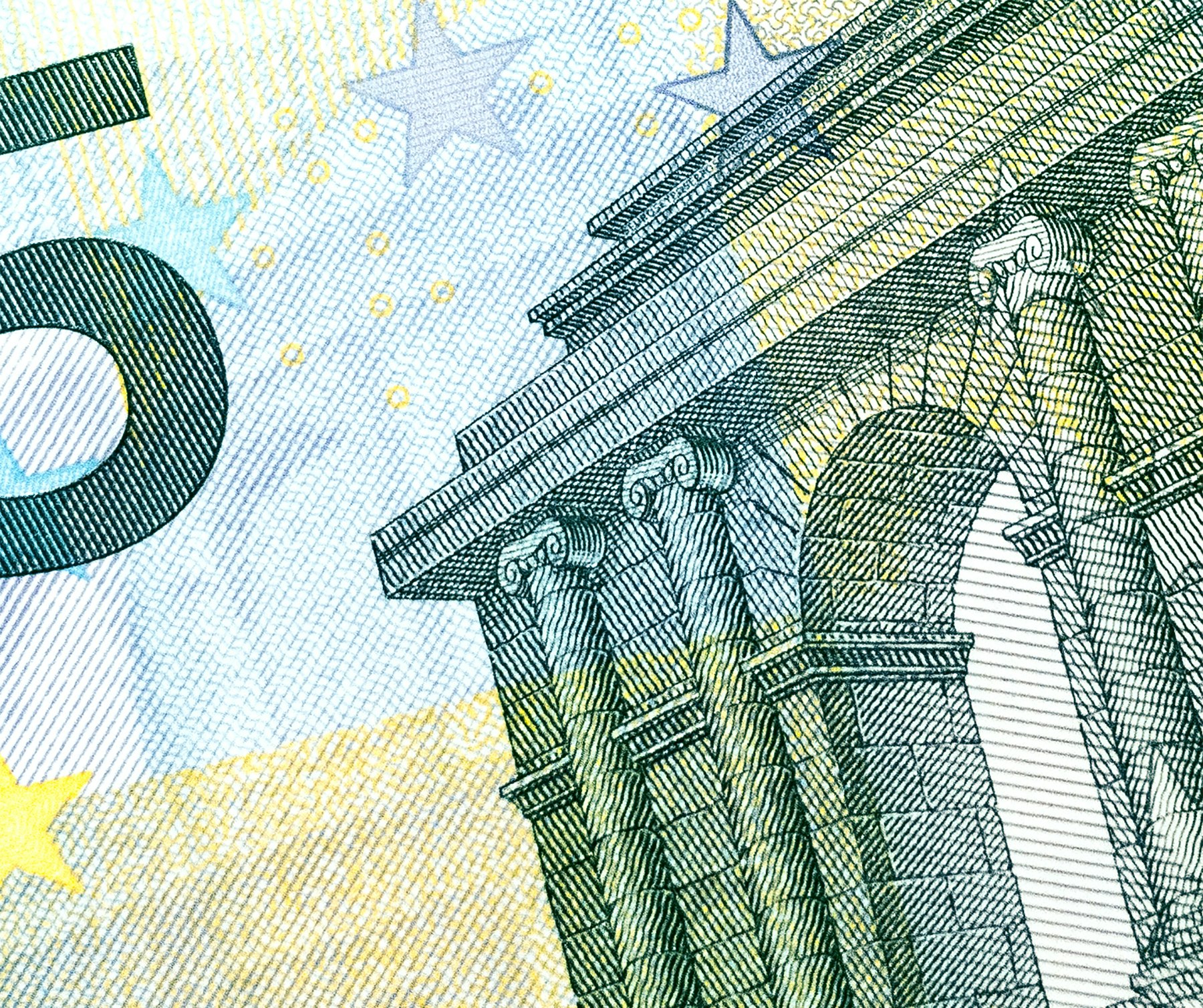Customer engagement is an essential component of running your business. It refers to a business’s efforts to build relationships with its customers through personalised interactions on multiple channels to gain and retain loyal customers. Unlike marketing, customer engagement is about connecting with your customer and adding value to their interactions beyond purchasing a product or service. It is more than a sales pitch and is concerned with building an emotional connection with your product, company or brand.
When executed well, customer engagement;
- boosts brand experience,
- shortens sales cycles,
- increases customer loyalty,
- provides valuable customer feedback and insights,
- improves customer experience,
- provides better opportunities for cross-selling and up-selling,
- and ultimately leads to increased sales.
Unfortunately, a lot of businesses get customer engagement wrong. For some, customer engagement is blasting customers with irrelevant information. Take the case of supermarket A with whom, I regrettably, have a loyalty card. I gave the supermarket my contact details in exchange for an opportunity to earn loyalty points. Armed with my phone number and purchase history, the supermarket can reach me with targeted messaging and advertising—a perfect opportunity to build rapport and offer a personalised customer experience even when I’m not shopping. Instead, their messaging campaign has become a nuisance, and they’re now on my blocked list. The brand didn’t take the time to know me as a customer and resorted to flooding me with irrelevant messages. I’m not driving 30km to go shopping at their new location in Juja even if I do love long aimless drives. They also don’t need to send me messages about reduced prices for products I’ve never bought. It won’t convince me to come to the store or even help them build a rapport with me.
The first step in customer engagement is knowing your customer and how they interact with you. The easiest way to do this is to map the customer journey. Mapping the customer journey enables you to identify the touchpoints, bottlenecks and customer behaviour. With these data points, you can construct customer personas and develop ideas to engage with them in a way they prefer. Supermarket A provides an itemised receipt for every purchase I make. They can conduct simple data analysis to determine what, when and where I buy and develop an engagement strategy around that. Their mistake was using a universal approach to communicate with me. Good customer engagement is personalised.
Step two is to create excellent content to engage with your customers. In a competitive world, it is vital to remember your customer has options, and one of the desired outcomes of your engagement strategy is to stand out from the crowd. It’s easy to fall into the trap of pitching your product when creating content but remember, the objective is to create an emotional connection with your brand, thus increasing loyalty. To build a relationship with your customer, you tap into their every day in a meaningful and appropriate way. Supermarket A only sends me information about new branches, rebranding and running promotions for products I have never purchased. They send three messages a week on average, none of which are about anything I care about.
Great content is not just about your product. It could include adjacent services or inform your target customer base about the solutions in general. Remember that the goal is to provide a value add for your customers beyond your core product. Financial institutions are doing a great job at this. In addition to financial services (credit, payments, etc.), some companies incorporate financial literacy training and record-keeping services for their customers. I’ve received tips of the day, attended online financial literacy sessions and received recommendations for tools (not provided by the fintech) that would help me track my finances. When you’re creating content for engagement, broaden the scope beyond your product.
Once you have your content, you’ll need a channel to disseminate your information. With the recent Facebook, Instagram and WhatsApp 5-hour outage, I don’t need to tell you to invest in multiple channels. Depending on your primary customer persona and the product, consider newsletters, websites, SMS blasts, Social Media (Facebook, Instagram, Twitter, TikTok, and LinkedIn), and call centres. Even though I love the Vivo social media pages, I miss their monthly newsletter.
Another critical component of your customer engagement strategy is the feedback loop. Remember, you’re building a relationship. You want your customers to engage with you and give you feedback, insights and additional information about the solutions they need. SMS blasts to customers are not enough and can often be annoying. How many unsolicited SMS’ do you receive daily? How many do you engage with, or like me, do you mark read and move on? Engagement must allow for conversations, and I don’t mean after-sales service. Create channels for your customer to respond to your content, product, brand or company.
These days, customers expect to engage with you over multiple channels. How many times have you seen an item on social media and then called to get more details before completing the purchase? Some customers buy in physical stores but seek after-sales service or give feedback on social media. As you set up your engagement strategy, consider an omni-channel approach with tools that enable you to interact with your customers seamlessly on each channel.
You can’t improve customer engagement if you don’t measure the impact. The metrics you track will depend on the dimensions of customer engagement that are important to you. Some standard metrics are;
- NPS Score - The NPS score is a single question survey where you ask the customer how likely they are to recommend your services to a friend. The customer replies with 1 to 10, where 1 is not likely to recommend, and 10 is very likely to recommend. The higher the NPS score, the more loyal the customer is. The disadvantage of this metric is that it doesn’t give context. You don’t know why the customer is or isn’t likely to recommend you. You can always ask follow-up questions to understand the rating. Follow-up is essential for detractors, that is, anyone who votes between 0 and 6.
- CSAT Score – This metric is also a single-survey question and measures customer satisfaction where you ask the customer to rate their overall satisfaction with the goods/services received. Like the NPS score, it is crucial to know the reasons for the customer rating, so you know what’s working well and what you need to improve.
- Frequency of contact – This measures how often customers reach out to you and why they reach out. Is it only when they have problems with your product, or do they reach out with feedback, questions and engage with your content? This measure depends on the touchpoints you’ve set up, enabling you to measure the efficacy of each touchpoint.
- Subscriber numbers – This metric speaks to the number of customers that engage with your content regularly. You can define this as the customers who have signed up for your newsletter, are following your social media accounts, viewed a video or post, visited your website, or signed up for your loyalty programme.
- Time spent and repeat rate – Once you get your customers to engage with your content, you need to measure how much time they spend on your content and how often they come back. It always amazes me that we reach new users with every blog issue, but I love that we have so many repeat readers.
- Increased sales – The outcome of a great engagement strategy is that your sales will increase. It is vital to track the increase in sales as a result of your engagement strategy. Did a customer purchase an item after engaging with content on your Instagram account? What percentage of sales can you attribute to non-marketing activities?
When you’ve decided on your metrics, track your performance and tweak your engagement strategy to maximise output.
When I look at my phone’s blocked list, the majority are company shortcodes with advertising messages. I didn’t block them for the Mashujaa messages but for not knowing me as a customer. The information they shared was irrelevant and became a nuisance. If you own a business and have access to your customer’s contacts, create content that keeps them engaged with you even when they aren’t purchasing products from you. You want to keep your business front of mind so that when they’re ready to buy, they already know where to go.





